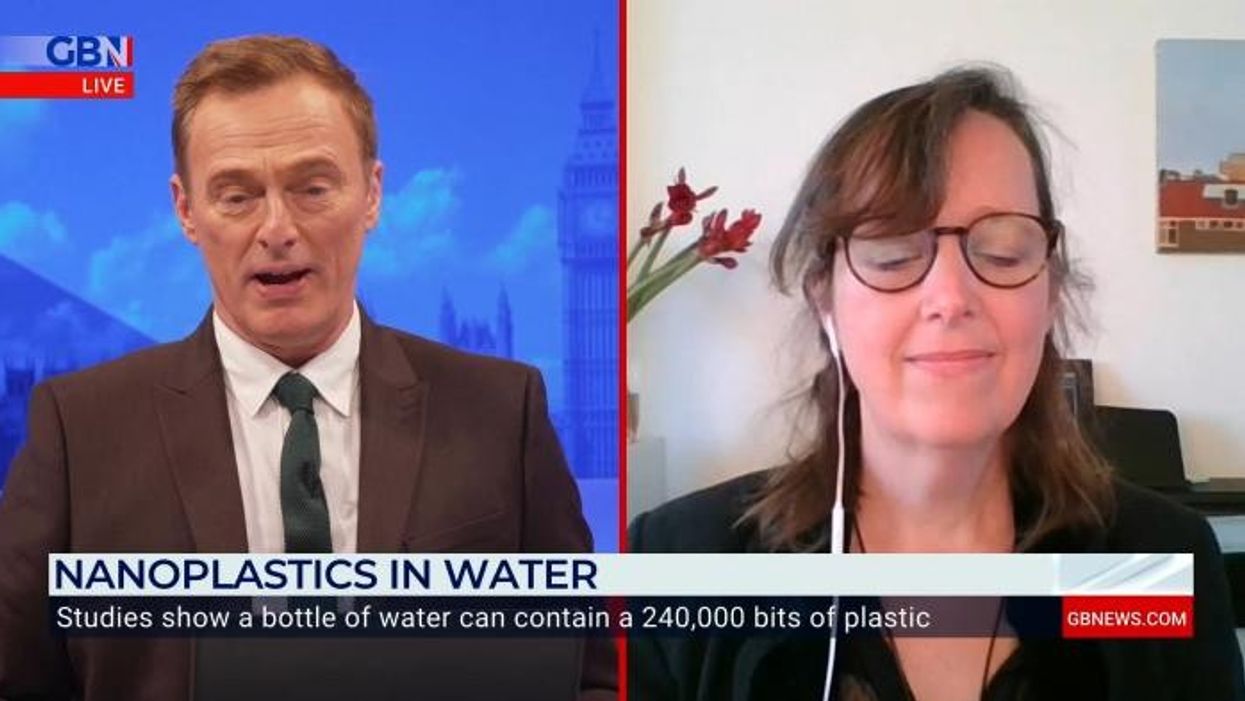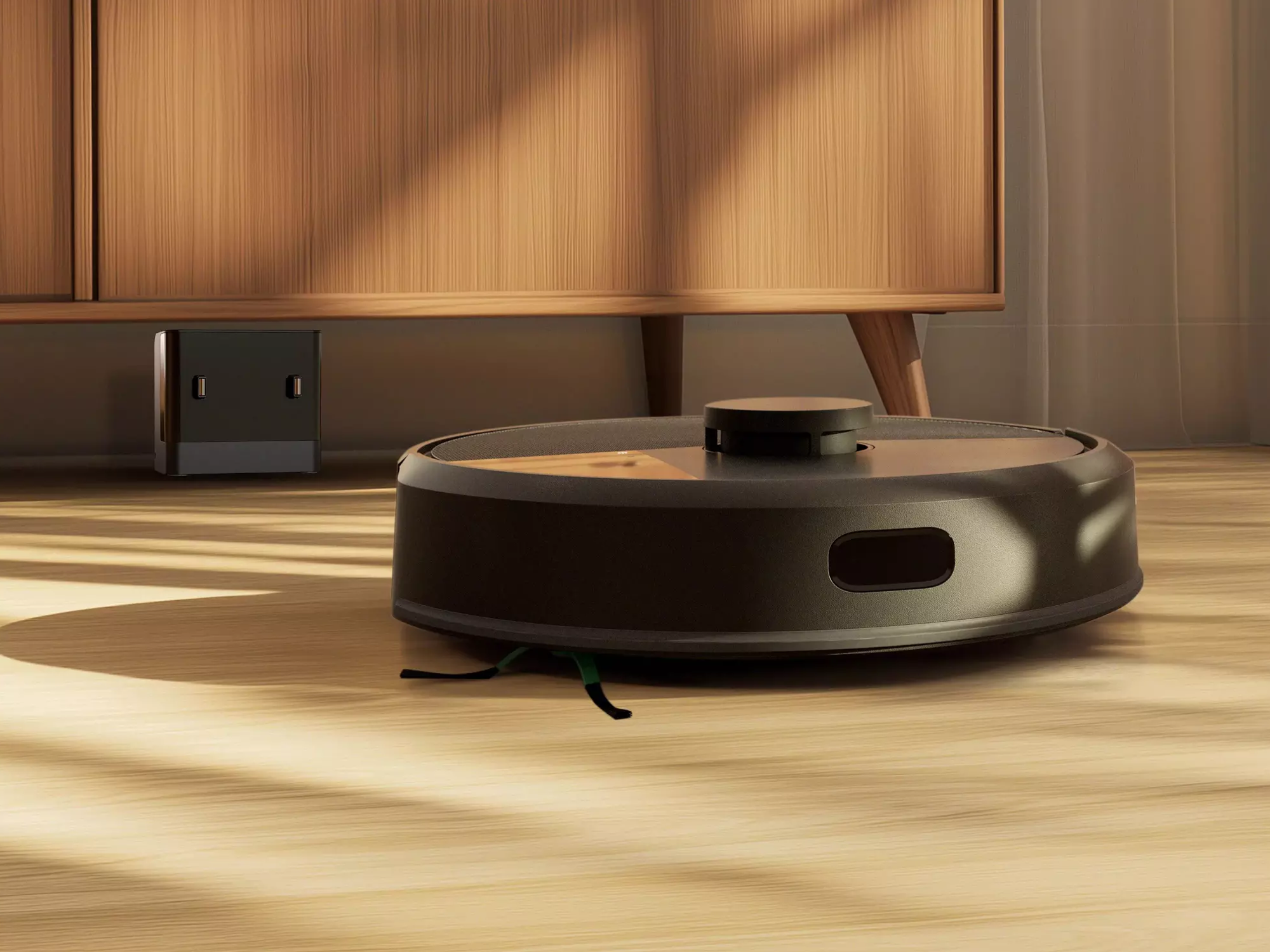'DANGEROUS to our health': Scientist issues major warning over toxic nanoplastic in water bottles

The plastic particle specialist warned toxic nanoplastics can accumulate in the blood
Don't Miss
Most Read
Bottles of plastic water have been found to contain up to hundreds of thousands of toxic microscopic plastic particles, new research has claimed.
Drinking water from a bottle could mean you are contaminating your body with tiny bits of plastic, which scientists fear can accumulate in your bloodstream or affect your vital organs.
Nanoplastics have already been linked to cancer, fertility problems and birth defects.
Dr Heather Lesley, a plastic particle specialist told Martin Daubney on GB News that there is evidence to suggest that the nanoplastics could be "dangerous" to our health.
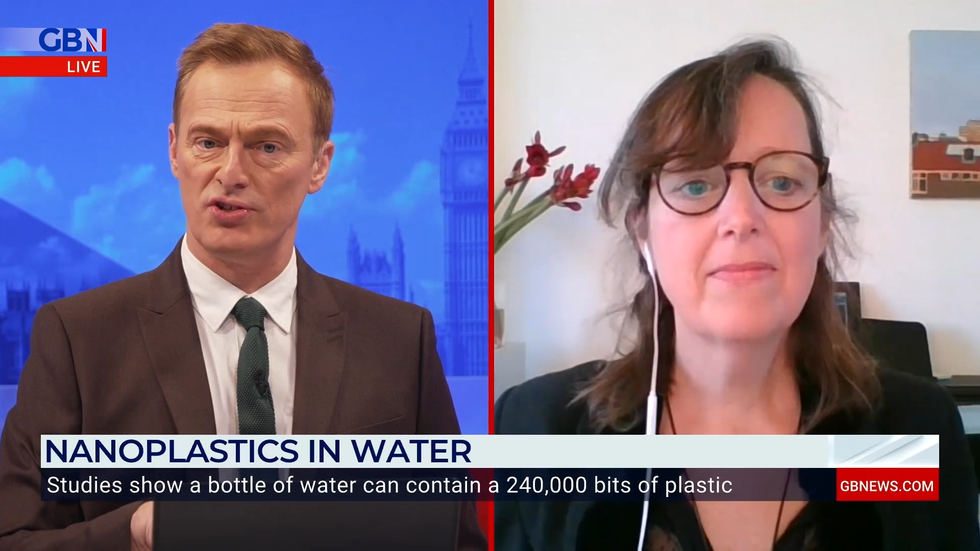
Dr. Heather Lesley explained that the plastic is dangerous to our health
|GBNews
She said: "We are very exposed as these studies typically show. But one of the things that we still have to wait for is the toxicological data.
"It's scientifically plausible that these particles when they reach our body, will cause inflammation.
"Inflammation is dangerous to our health. It is a prelude to a lot of chronic diseases.
"So what we have to be concerned about is if these particles do reside in our body. We showed a couple of years ago that microplastics and nanoplastics can be in our bloodstream.
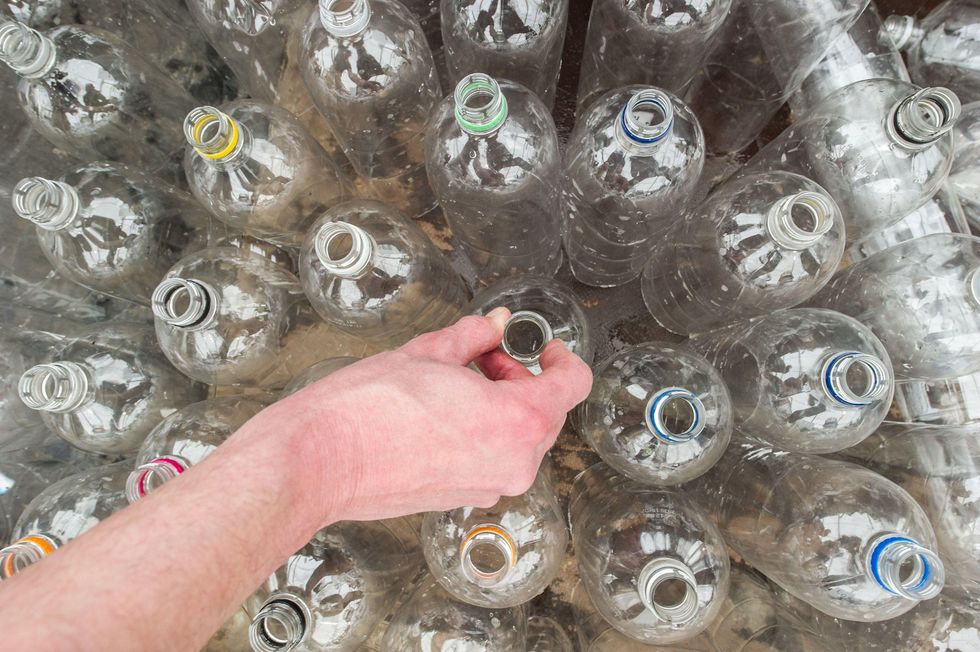
Plastic bottles can be full of nanoplastics
|PA
"So we know that some of these particles that we're getting in are getting absorbed into our bodies where they can eventually cause problems."
Daubney asked her what we "need to be looking out for" and what "factors" contribute to the nanoplastics.
"There's a multitude of factors. The temperature of storage, how long it's been stored, mechanical disturbances, the age of the plastic, and the list goes on.
"It's really hard to just generalize. What I think we have to look for is, is there a way out of an exposure that we don't want?
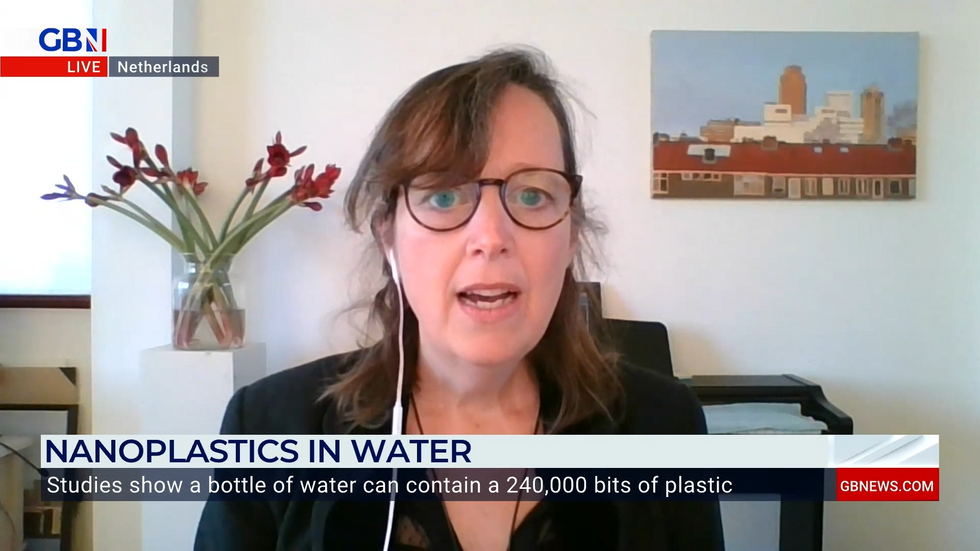
One common type found of nanoparticle was polyethylene
|GBNews
"If we decide we don't want it, what is the way out of this?
"And that's also not a simple question, just like the problem."
Research is now underway across the world to assess the potentially harmful effects. The results showed that nanoparticles made up 90 per cent of these molecules, and 10 per cent were microplastics.
One common type found of nanoparticle was polyethylene terephthalate or PET.


